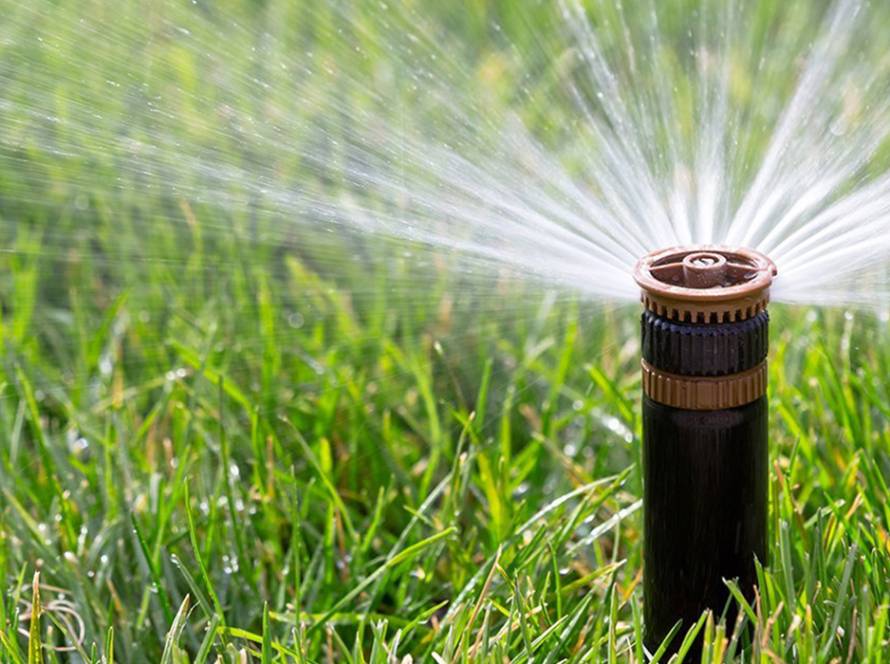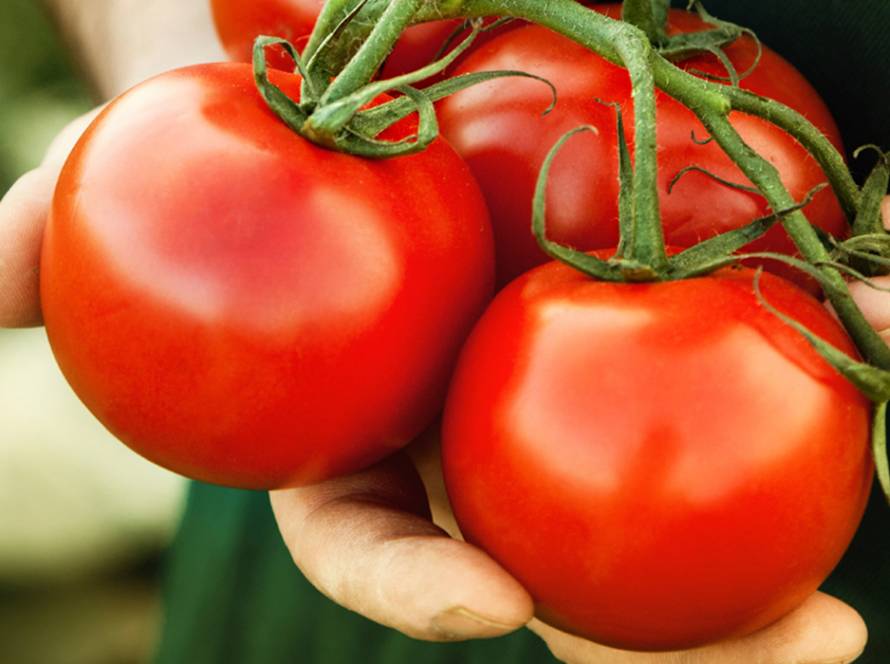Land Preparation:
- Apply heavy irrigation to form a water column within the soil profile of at least 70 cm.
- Conduct plowing or soil inversion based on soil type, history, and previous crop.
- Apply preparation fertilizers: 100 kg granular single superphosphate + 30 kg granular potassium sulfate + 25 kg ammonium sulfate.
- Level the land using suitable equipment such as rotary harrow, power harrow, or disc harrow.
Planting:
- Choose the appropriate planting direction, ensuring it is perpendicular to the general slope of the soil.
- Select a suitable maize variety based on purpose, soil type, and planting season.
- Adjust the planting machine to 75 cm row spacing and 16-18 cm between plants.
- Immediately after planting and before irrigation, apply a pre-emergence herbicide to prevent weed seed germination.
- Apply the first irrigation cycle at a high speed to fix the herbicide layer and soil surface.
- Provide 2-3 slow irrigation cycles to ensure uniform germination.
Fertilization:
- Maize requires 110 nitrogen units, supplied from ammonium sulfate, nitrate, urea, and calcium nitrate, depending on soil type and history.
- Requires 70 potassium units, partially applied during soil preparation and the rest during the growing season, with a portion reserved for post-silking.
- Requires 50 phosphorus units from sources such as single superphosphate, MAP, or phosphoric acid.
- Requires 10 calcium units and 8 magnesium units.
- Requires specialized micronutrients for grains, humic acid, zinc sulfate, and manganese sulfate.
- The fertilization program is general and advisory; adjustments should be made based on regional conditions and soil analysis.
Weeding:
- After one month of planting and before row closure, perform mechanical weeding using suitable equipment.
- Apply 20 nitrogen units during the first weeding.
- If necessary, conduct a second weeding operation.
Pest & Disease Management:
- Maize is susceptible to various worm infestations, requiring immediate control upon detection.
- It is recommended to use insecticide blends that target pests via multiple mechanisms for enhanced effectiveness and faster action.
- Reapplication of insecticides should be based on infestation levels.
Irrigation:
- Maize requires approximately 3,600 cubic meters of water throughout its growth cycle.
- Water requirements vary based on climatic conditions, variety maturity, and planting dates.
Maturity & Drying:
- At approximately 105 days, cobs begin the maturity and drying phase.
- Irrigation should be gradually reduced and then stopped to allow grain drying.
- Daily monitoring of grain moisture is required.
Harvesting:
- Once grain moisture reaches 12%, prepare for harvesting using a suitable combine harvester.
Source: Eng. Saber Abdel Rahman



